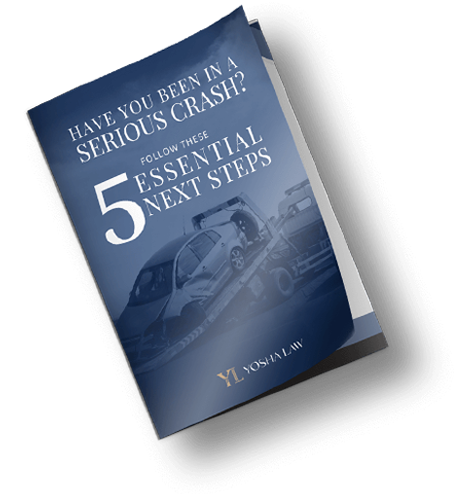Most personal injuries that occur in Indianapolis are the result of accidents. Due to this, injured individuals will need to prove that another party was negligent in allowing the incident to occur. However, the defendant can argue that an injured person’s own actions contributed to their losses. This concept is called modified comparative negligence.
Understanding modified comparative negligence is essential to any personal injury claim in Indianapolis. An experienced personal injury attorney could provide more information about this concept and how it controls many accidental injury cases.
The State’s Statute Enacting Modified Comparative Negligence
The method for determining fault after an accident is a matter of state law. The legislature enacted a statute that creates this standard for all cases alleging personal injury due to negligence.
According to Indiana Code § 34-51-2-6, an injured person cannot collect compensation for their injuries if a court determines that they are more than 50 percent to blame for the incident. This method of apportioning blame is called modified comparative negligence. An attorney can help injured individuals to better understand the laws that govern negligence cases in Indianapolis.
How Modified Comparative Negligence Works
The concept of modified comparative negligence can have a profound impact on many claims for damages after personal injuries. In fact, it is a rare case where a defendant does not argue that an injured plaintiff shares at least a portion of the blame for an incident.
At the most basic level, this defense could result in the total dismissal of a case. If a jury believes that an injured individual was more than 50 percent to blame for an incident, that jury cannot award any compensation. This means that a defendant does not owe an injured person anything.
In other situations, modified comparative negligence may limit an injured person’s compensation. This occurs when a jury assigns fault to a plaintiff that is more than zero but less than 51 percent. For instance, if a jury believes that a plaintiff is 25 percent responsible for a car accident, that jury will reduce the compensation that it awards by 25 percent.
Working to Build Powerful Cases Against At-Fault Parties
Naturally, the best protection against a defense of modified comparative negligence is to build the most potent case against a defendant as possible. This requires both an in-depth knowledge of the law as well as the ability to gather evidence efficiently and effectively.
An experienced Indianapolis personal injury attorney could help in both these areas. Forming persuasive and convincing demand letters can force an insurance company to enter into a fair settlement. At the same time, presenting powerful cases to juries can leave no doubt in their minds concerning the fault of a defendant for an accident.
Understanding Modified Comparative Negligence is Vital to Personal Injury Claims in Indianapolis
The law in Indianapolis and the state is clear. Defendants may argue that an injured person shared some or all of the blame for an accident. If this argument is successful, it can lead to a reduction or total elimination of an injured individual’s claim for compensation.
Working with an experienced Indianapolis personal injury lawyer could help to limit the impact of this law on your case, as well as create strategies that aim for appropriate compensation. Contact us today to learn more about modified comparative negligence and its impact on personal injury cases.






